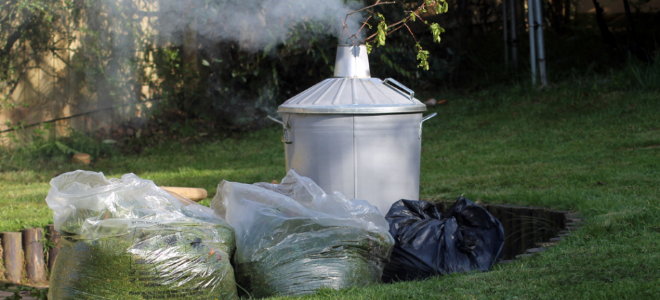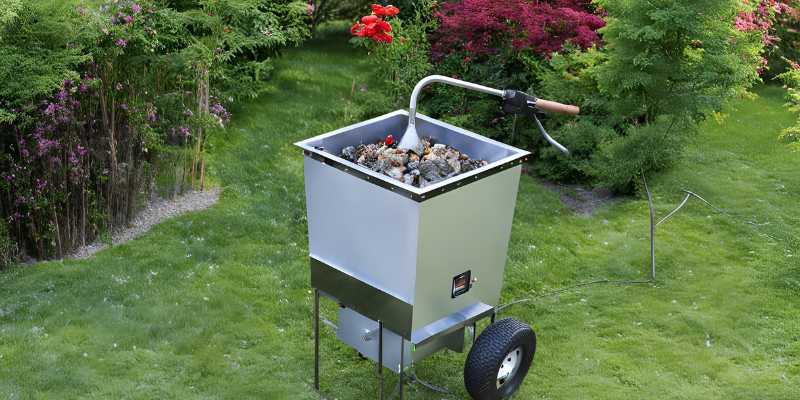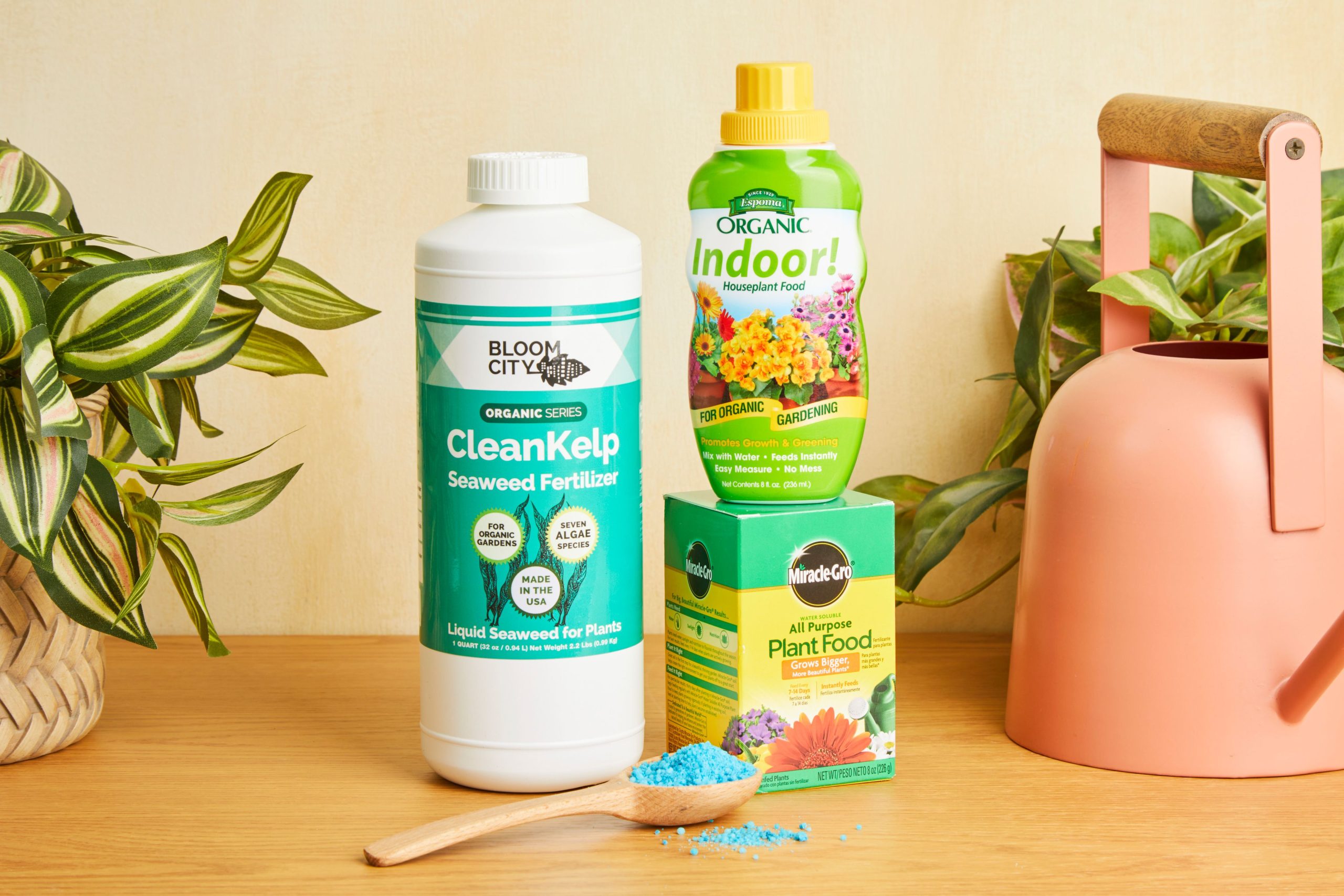Using a garden incinerator can help manage garden waste effectively. It offers a simple way to dispose of leaves, branches, and other debris.
A garden incinerator is an essential tool for any gardener. It helps keep your garden tidy and reduces waste. Instead of piling up garden debris, you can burn it safely. This not only saves space but also returns nutrients to the soil in the form of ash.
Learning the best way to use a garden incinerator ensures you get the most out of this tool. Proper use can also prevent accidents and keep your garden looking its best. So, let’s explore how to use a garden incinerator effectively and safely.
Choosing The Right Garden Incinerator
Selecting the right garden incinerator ensures efficient waste disposal. Place it on a flat, fireproof surface. Keep a safe distance from buildings and trees.
Material And Size
A garden incinerator can be made of metal or steel. Steel is more durable. Metal incinerators may be lighter. The size of the incinerator depends on your garden’s waste. Small gardens need small incinerators. Large gardens need bigger ones. Always pick the size that fits your needs.
Portable Vs. Fixed
Portable incinerators can be moved around. They are good for small spaces. Fixed incinerators stay in one place. They are good for large gardens. Choose the one that suits your garden size. Think about how often you will move it. This will help you decide.
Safety Precautions
Ensure garden incinerator is placed on a flat, non-flammable surface. Keep children and pets away. Always wear gloves and safety goggles while using the incinerator.
Protective Gear
Wearing the right protective gear is crucial. Always use heat-resistant gloves. They protect your hands from burns. Long sleeves and trousers are a must. They shield your skin from flying sparks. Safety goggles protect your eyes. They stop ash and debris from causing harm. A face mask helps. It keeps you from inhaling smoke. Sturdy boots are important. They protect your feet from hot embers. Make sure your clothing is not loose. Loose clothes can catch fire easily.
Fire Safety Regulations
Always check local fire safety regulations. Some areas have strict rules. You may need a permit. Only burn dry garden waste. Wet waste produces more smoke. Keep a water source nearby. This could be a hose or buckets of water. Never leave the incinerator unattended. Stay alert to any signs of fire spreading. Windy days are risky. Sparks can travel far and start fires. Keep children and pets away. They might get too close and get hurt. Dispose of ashes properly. Wait until they are completely cool.
Ideal Placement
Position the garden incinerator on a flat, non-flammable surface, away from buildings and trees. Ensure proper ventilation for safe burning. Keep a water source nearby for emergencies.
Distance From Structures
Place the garden incinerator far from buildings. Keep it at least 10 feet away. This helps prevent any fire risks. Also, avoid placing it near fences. Fences can catch fire quickly. Ensure there are no trees close by. Leaves can fall in and cause problems.
Wind Direction Considerations
Check the wind before using the incinerator. Wind can blow ash and smoke. This can be dangerous. Always have the wind blowing away from homes. Keep smoke away from neighbors. It keeps everyone safe. Avoid using the incinerator on windy days. Strong winds can spread fire.
Preparing Waste For Incineration
Separate the garden waste into different piles. Plastic and glass should be removed. These materials can release toxic fumes. Wood and paper burn well. Wet materials can be dried first. This helps the fire burn hotter and faster.
Spread out green waste to dry. Use the sun to help. Leaves and grass should be dry before burning. Wet materials create smoke. They also take longer to burn. Dry waste burns cleaner and quicker.
Starting The Fire
Garden incinerators provide an efficient way to handle garden waste. Start by placing the incinerator on a flat surface. Add dry materials and light carefully for best results.
Using Kindling
To start the fire, gather dry twigs and small branches. Place them at the bottom of the incinerator. Add paper or cardboard to help ignite the kindling. Make sure there is enough airflow to keep the fire going. Light the paper with a match or lighter. Watch the fire and ensure it spreads to the twigs.
Avoiding Accelerants
Avoid using gasoline or other accelerants. They can cause dangerous explosions. Stick to natural materials like wood and paper. This keeps the fire safe and manageable. Always supervise the fire to prevent accidents. Keep water or a hose nearby for emergencies.

Credit: m.youtube.com
Maintaining The Fire
Keeping your garden clean is easy with a garden incinerator. Burn leaves and twigs quickly and safely. Enjoy a tidy garden without the hassle.
Stirring The Ashes
Keep the fire burning by stirring the ashes. This helps air to reach the fire. Use a metal rod or a stick. Be careful with hot ashes. Stir gently to avoid spreading ashes. This helps the fire stay strong.
Adding Waste Gradually
Add waste in small amounts. This keeps the fire hot and strong. Wait until the last batch is burning well. Then add more waste. Do not overload the incinerator. This can stop the fire from burning properly. Keep an eye on the fire at all times.
Disposing Of Ashes
Allow ashes to cool completely. This can take a few days. Hot ashes can be dangerous. Never touch them with bare hands.
Use a metal container for ashes. Plastic bins can melt. Avoid mixing with other waste. Ashes can be used as fertilizer. Garden soil can benefit from it. Spread evenly and mix well.

Credit: www.doityourself.com
Regular Maintenance
Regular maintenance of a garden incinerator ensures it operates efficiently. Clean the ash and debris after each use. Check for any rust or damage regularly.
Cleaning The Incinerator
Clean the garden incinerator after each use. Remove all ash and debris. This keeps it working well. Use a brush to scrub the inside walls. Avoid harsh chemicals. They can damage the metal. Rinse with water. Let it dry completely. This prevents rust.
Inspecting For Damage
Check the incinerator for cracks or holes. Look for rust spots. These can weaken the metal. Fix any damage quickly. Use a metal patch or tape. Replace the incinerator if the damage is severe. Regular checks keep it safe and efficient.
Eco-friendly Alternatives
Composting is a great way to handle garden waste. It turns leaves, grass, and vegetable scraps into rich soil. This soil helps plants grow better. It also reduces waste in landfills. Use a compost bin to keep the process neat. Turn the pile often to speed up the process. Keep it moist, but not too wet.
Recycling yard waste can be easy. Grass clippings make good mulch. Leaves can be shredded and used as mulch too. Branches can be chipped and used on paths. Recycling keeps waste out of landfills. It also helps the garden look clean and neat.

Credit: www.allotmentbook.co.uk
Frequently Asked Questions
How To Start Using A Garden Incinerator?
To start, place the incinerator on a flat, non-flammable surface. Fill it with garden waste. Light the waste using a firelighter or newspaper. Ensure you follow local regulations.
What Can I Burn In A Garden Incinerator?
You can burn dry garden waste like leaves, branches, and grass clippings. Avoid burning household waste, plastics, and treated wood. Always check local guidelines before burning.
How To Maintain A Garden Incinerator?
Clean out ash regularly to ensure proper airflow. Check for rust and repair any damage. Store it in a dry place to prevent rusting.
Are Garden Incinerators Environmentally Friendly?
Garden incinerators can be environmentally friendly if used correctly. They reduce waste and produce ash that can be used as fertilizer. Always follow local regulations to minimize environmental impact.
Conclusion
Using a garden incinerator effectively can help manage waste. It keeps your garden tidy. Always follow safety guidelines. Wear protective gear. Ensure proper ventilation. Avoid burning wet materials. Check local regulations for burning waste. Regularly clean your incinerator to maintain efficiency.
By following these steps, you can enjoy a cleaner, well-kept garden. It’s simple and practical. You’ll find it easy to manage garden waste. So, make the most of your garden incinerator. Keep your garden healthy and beautiful.

My mission is to help you bring the beauty of nature indoors with expert advice, detailed plant care guides, and creative design ideas.



Leave a Reply